e-waste Recycling
E-waste recycling
Our development in the sector
Group companies in the sector:

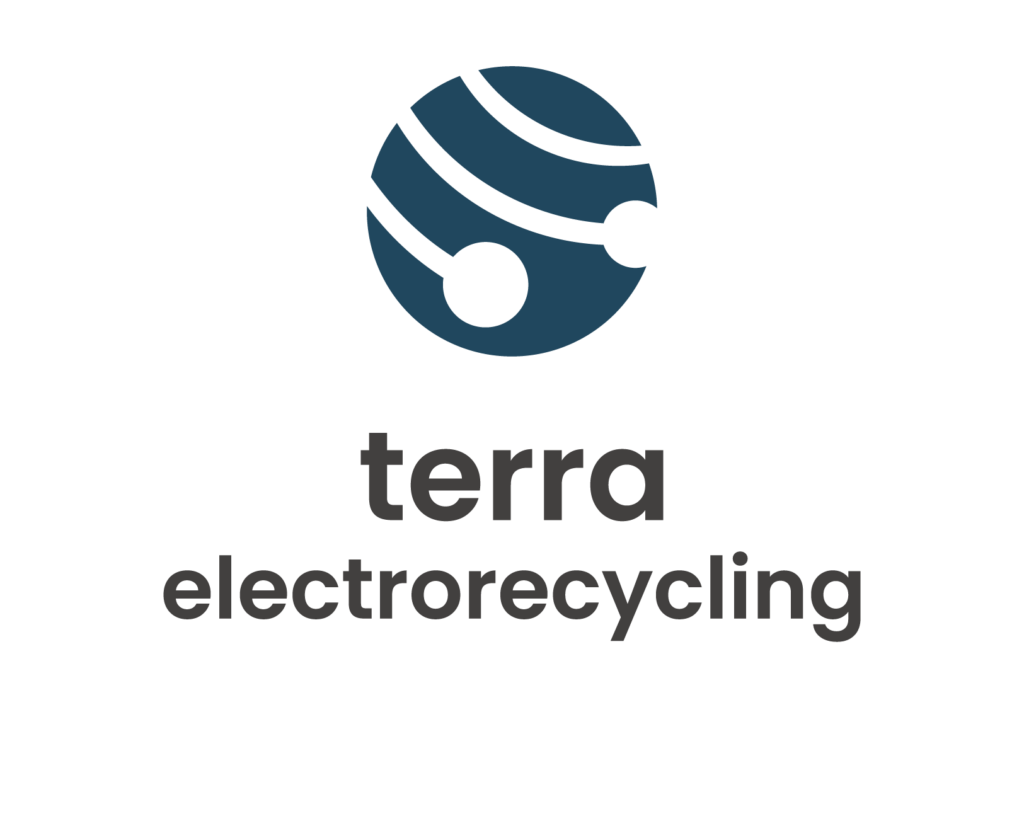

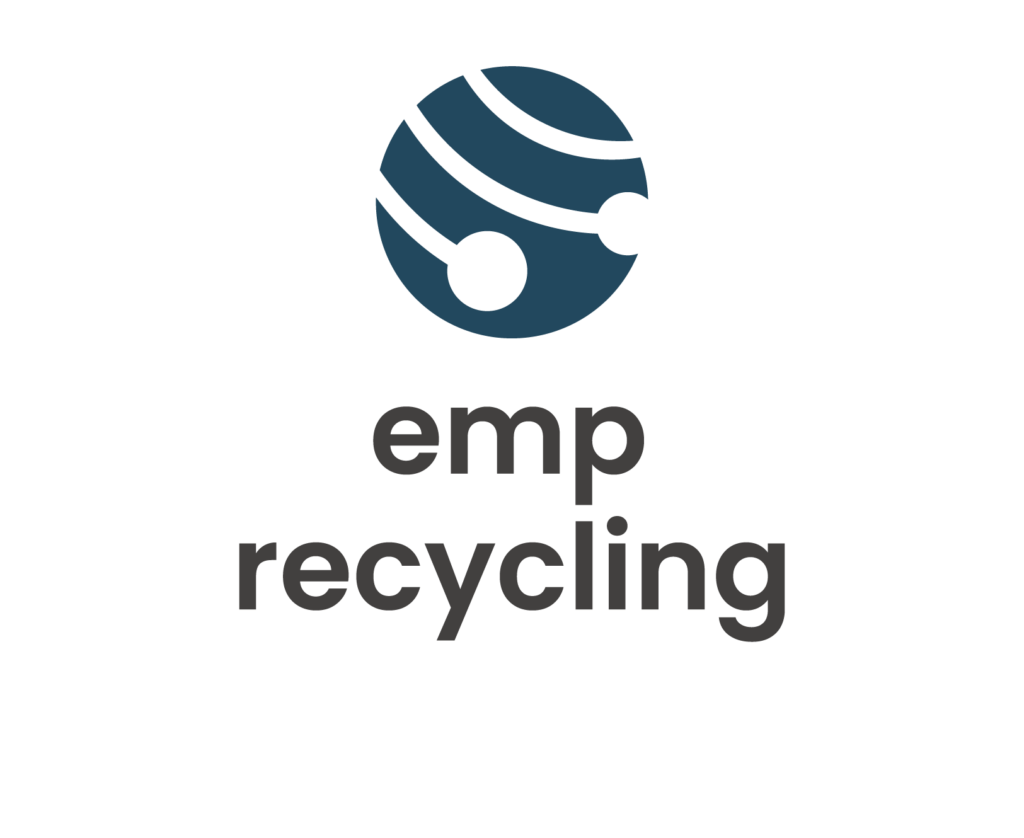
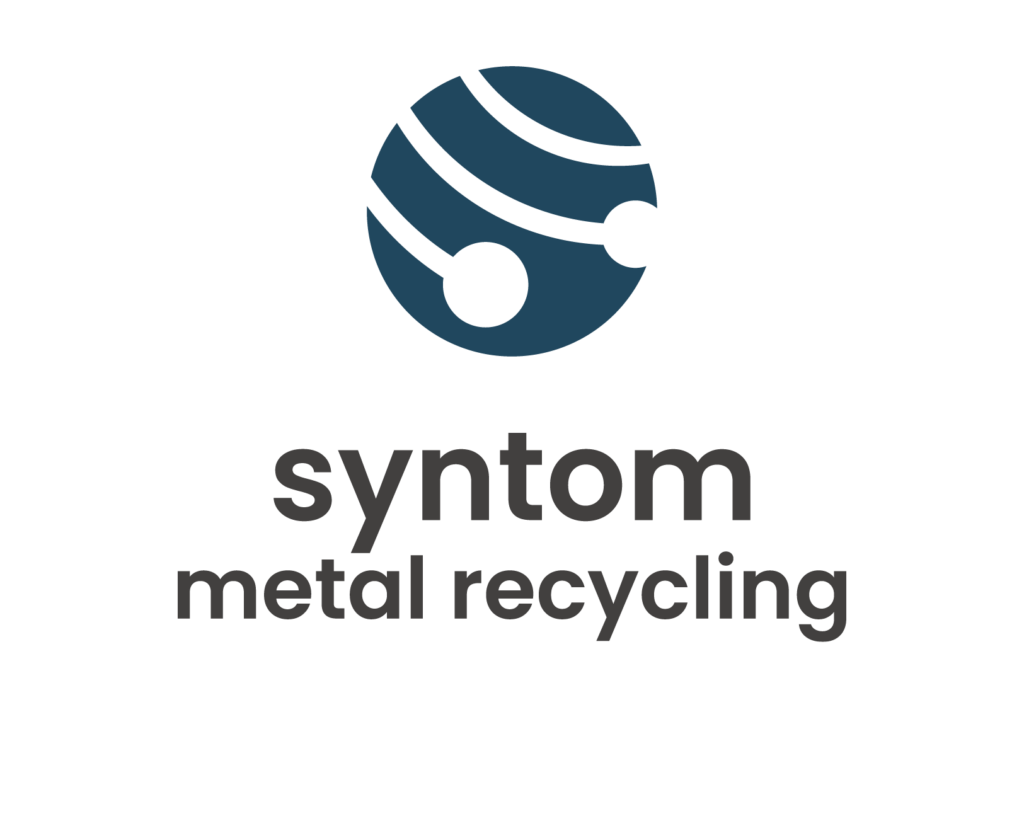

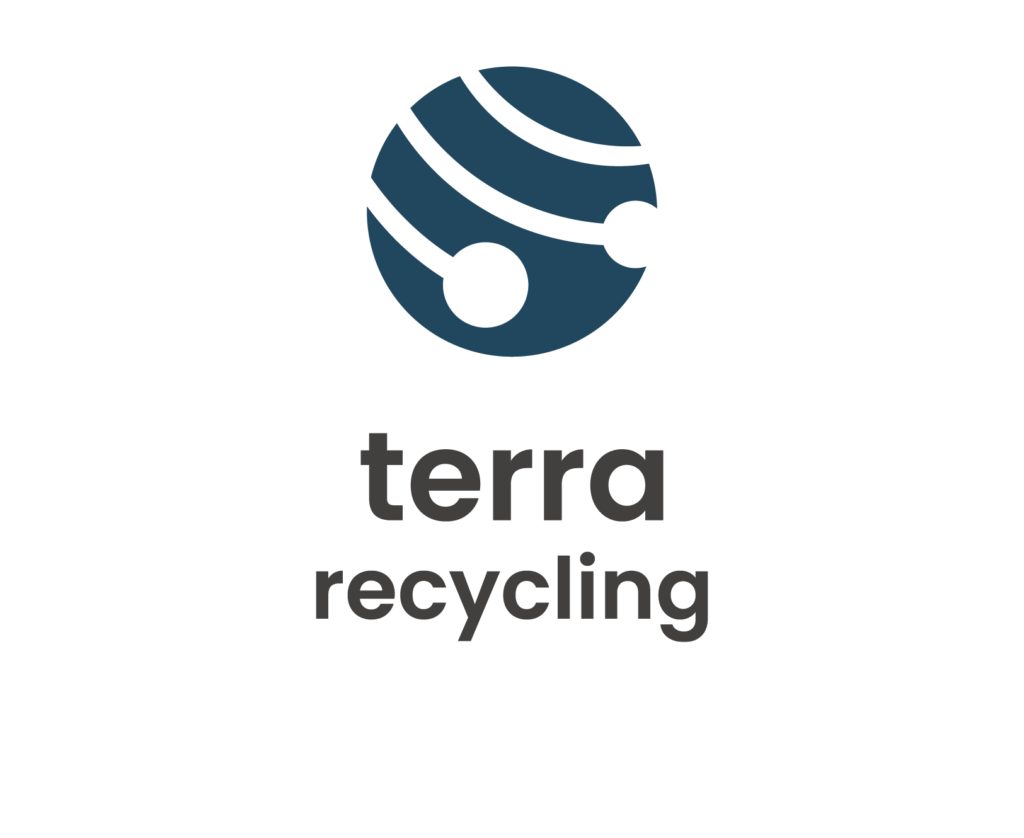
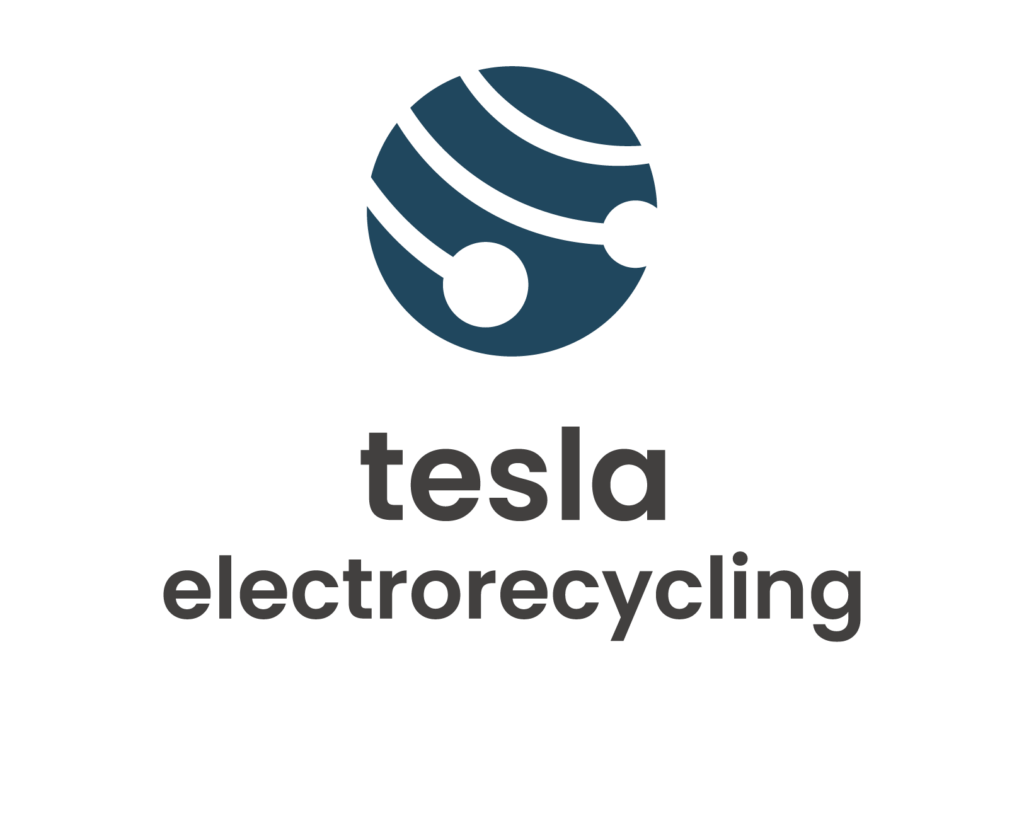
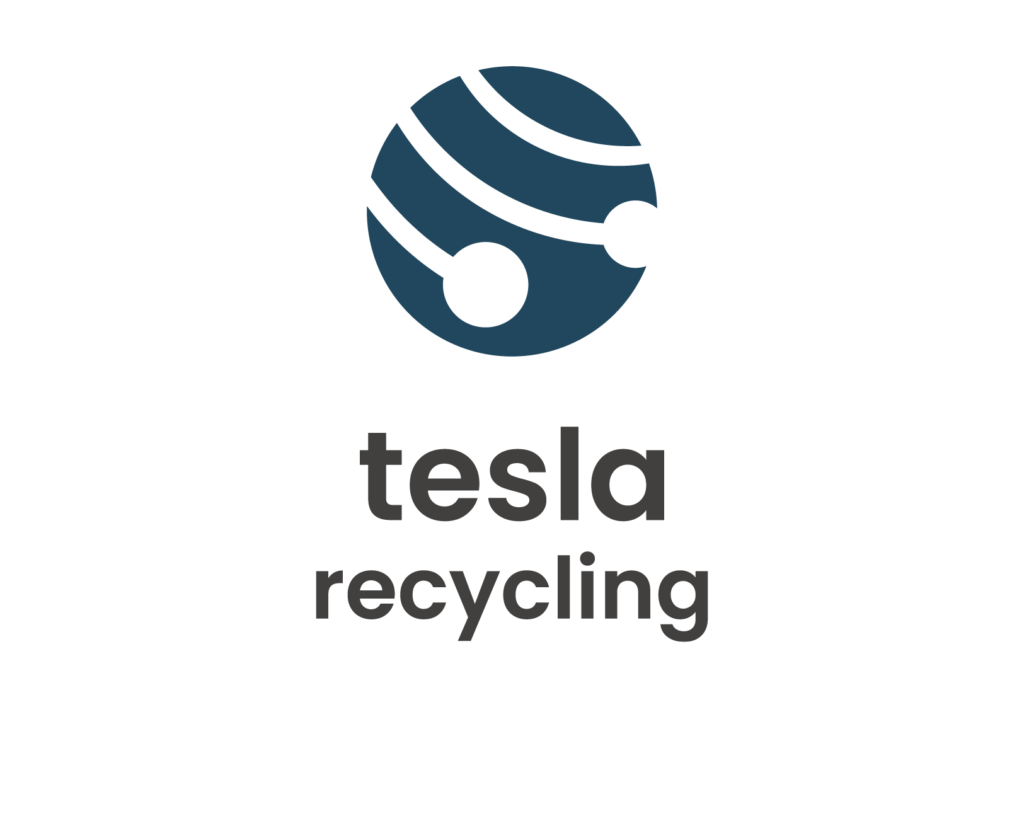

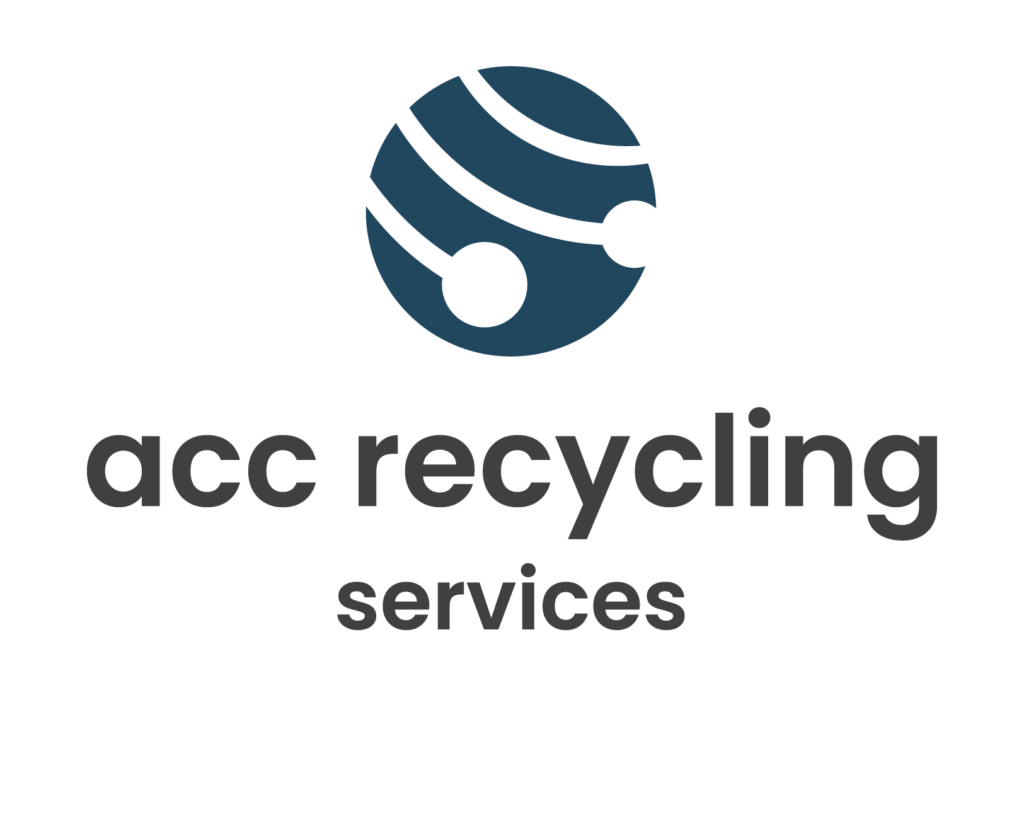
Waste Electrical and Electronic Equipment(WEEE)
In Europe, the recycling market for waste electrical and electronic equipment is regulated by Directive 2012/19/EU of the European Parliament and of the Council of 4 July 2012 on waste electrical and electronic equipment (WEEE). This directive sets minimum collection rates for individual EU countries and a ban on the import or export of WEEE. This means that the activities of companies involved in WEEE recycling are limited to the areas of individual countries.
The role of Elemental companies in the WEEE segment
Elemental Group companies operating in this segment act as WEEE collectors, waste treatment plants and recycling entities. This means that WEEE recovery organizations outsource these functions to them and pay them a fee, which is Group’s first revenue stream in this segment. The second revenue stream comes directly from the sale of materials recovered during WEEE processing.
Obligations of entities introducing equipment to the market
The more environmentally harmful substances are contained in the produced waste electrical and electronic equipment, the higher the recycling fee included in its price. Entities introducing equipment can fulfill this obligation by organizing the system themselves or by entrusting it to an organization dealing with the recovery of WEEE, at the same time transferring the revenue from the recycling fee to this organization. These entities conclude agreements with collectors and processing plants.
Process
Classification

Processing

Sorting

Crushing

Product

refrigerators, chillers, freezers, air conditioners, dryers, heat pumps, oil heaters
screens, monitors, televisions, laptops, notebooks
fluorescent lamps, high-pressure sodium lamps, metal halide lamps, LED lamps
washing machines, dryers
dishwashers, cookers, ovens
audio and video equipment
large-size computers
printers, copiers
vending machines
medical equipment
photovoltaic panels
vacuum cleaners, sweepers
sewing machines
lighting fixtures
cookers and microwaves
fans
irons, toasters, kettles,
clocks scales, shavers, calculators
radios, cameras, players
smoke detectors, thermostats
mobile phones, GPS navigation, calculators, routers, personal computers, printers, telephones
Printed Circuit Boards (PCB)
Printed circuit boards (PCBs) are boards made of an insulating material (mainly glass-epoxy laminates (TSE) or composite materials) covered with a thin layer of copper foil, on which a pattern of paths constituting electrical connections is printed. On their surface there are also conductive elements made of nickel, silver, gold and tin. PCBs are used as the structural base in most electronic devices, on which all the components are mounted.
Growing demand for electronic devices and PCBs
The technological development of recent years – the digitalization of most areas of life and the development of communication – has caused a significant increase in demand for electronic devices and, consequently, for printed circuit boards (PCB). Currently, the demand for PCBs is generated by manufacturers of electronic devices, the aerospace and defense industry, manufacturers of diagnostic imaging equipment and cars. At the same time, the period of use of electronic devices containing PCBs has shortened.
Impact of the Internet on the popularity of PCBs
The growing role of the Internet in everyday life has been and continues to be a factor in the popularity of PCBs. The growth in Internet usage has fueled demand for the PCB market, which is particularly important in the context of the development of the Internet of Things (IoT) concept. Within the IoT, for example, household appliances collect and exchange data via a computer network or intelligent electrical installation (KNX).
Development of connected car technology
Another phenomenon influencing the popularity of PCBs and may gain importance in the future are so-called connected cars, i.e. cars with an Internet connection. Thanks to this, owners can connect to them using mobile devices. More importantly, the Internet in cars can be used as a source of information about traffic problems, for intelligent navigation, and in the future for autonomous driving systems. According to Intel estimates, in the future, cars will process about 1 GB of data per second, just as part of safety functions.
Growing demand for metals and the importance of recycling
The growing demand for PCBs translates into greater consumption of metals used to produce them, mainly copper, silver, gold and palladium. Obtaining these metals in a cheaper way than traditional mining is becoming increasingly important.
Process
Sorting

Separation

Shredding

Separation
